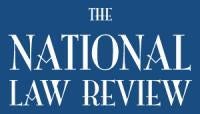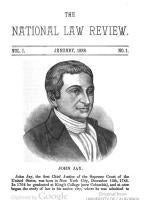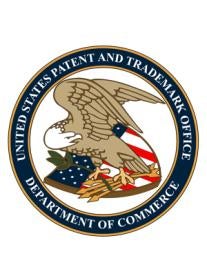In the 2016 State of the Union Address President Obama announced the creation of a national “Moonshot” initiative to advance the treatment of cancer. The Cancer Moonshot Task Force, led by Vice President Biden, is focused on harnessing the power of the federal government to make significant gains on the identification, treatment and prevention of cancer. The initiative plans to “bring about a decade’s worth of advances in five years, making more therapies available to more patients, while also improving our ability to prevent cancer and detect it at an early stage.” It will accomplish this by breaking down data silos and making that information work to identify promising areas and make public policy decisions based on that information.
On February 1st, Vice President Biden convened the first meeting of the Moonshot task force. Biden gathered department heads from the Departments of Defense, Commerce, Health and Human Services, Energy, and Veterans Affairs; additionally, the heads of the FDA, the National Cancer Institute, the National Institutes of Health and the National Science Foundation were present. This coalition gathered to discuss the ways their agencies and departments could provide information, funding, and data to help move the science forward. Vikrum D. Aiyer is Chief of Staff of the U.S. Patent and Trademark Office in the U.S. Department of Commerce, and the National Law Review was able to speak with him regarding the Moonshot initiative and the role of the USPTO in the initiative.
Aiyer described the initial meeting of the Moonshot task force as a bit of “a blue sky conversation” about ways the government--and the assembled departments and agencies--can work together and “leverage data for better healthcare outcomes.” The mood was was very serious, as the topic is very serious--as noted by the White House Press release about the Moonshot initiative, “Too many American families know all too well the devastation cancer can bring. More than 1.6 million new cases of cancer will be diagnosed and cancer will kill an estimated 600,000 Americans in 2016.” The Vice-President, having personally been affected by cancer and as a leader of the initiative, was clearly invested in its success. While Aiyer acknowledges that the Moonshot initiative is a bit of “a fourth quarter play,” the goal is to have something easily boxed up to hand off to the next administration so the progress can continue.
The thinking is that the federal government has a lot of information and data that could be helpful, if analyzed, in charting a course towards cancer diagnosis, treatment and prevention, but much of it is siloed in departments. Aiyer says one of the goals of the initiative is “to break down those silos and share information.” By taking data on patent filings from the USPTO and combining it with data from the VA or the FDA, trends can emerge that will facilitate smart investment in technologies. As Aiyer says, “the data, cut by subject, will glean insights on overall trends, identify more signals, and show us the areas that are hot.” With these insights in mind, important decisions--such as funding--can be made based on that information.
Additionally, by making that data as Aiyer states, “digestible, in publicly accessible formats” other interested parties--universities, philanthropies--can use that information to inform their own choices and steer their own priorities. By encouraging the private sector to combine and use the information available, groups can work in conjunction and, in Aiyer’s words, “create a healthy ecosystem” for innovation, smart investment, and ultimately finding solutions to some of these problems. According to Aiyer, “the goal is to use the data to inform public policy, and to make that data available to other interested groups so they can use it to best invest in the areas that are showing the most promise.”
By streamlining the patent process for technologies that show promise Aiyer says, “we can get patients treatments faster.” Additionally, the USPTO, as a representative of the Department of Commerce, is uniquely situated in terms of data--by looking at the patent applications and trends in those areas, the USPTO is able to identify what areas are “hot”--with a lot of patent filings--basically, the areas that show the most promise. Aiyer says, “we can use that data to try and scope out what tech is most germane to cancer treatments and try to fast track those treatments through the process.” By providing patent protection faster, start-ups would be able to attract venture capital to spur development and innovation. This program could be similar in scope to the program created under the America Invents Act, but at this point the details have not been established.
With this approach there are many reasons to be optimistic. Even though Aiyer admits “there is no silver bullet,” and there is much work to be done, Aiyer points out, “Our boss has told us to work harder and smarter and faster,” and with such a serious mandate unprecedented progress seems possible.




 i
i


